Gradient descent
Introduction to Deep Learning in Python

Dan Becker
Data Scientist and contributor to Keras and TensorFlow libraries
Gradient descent
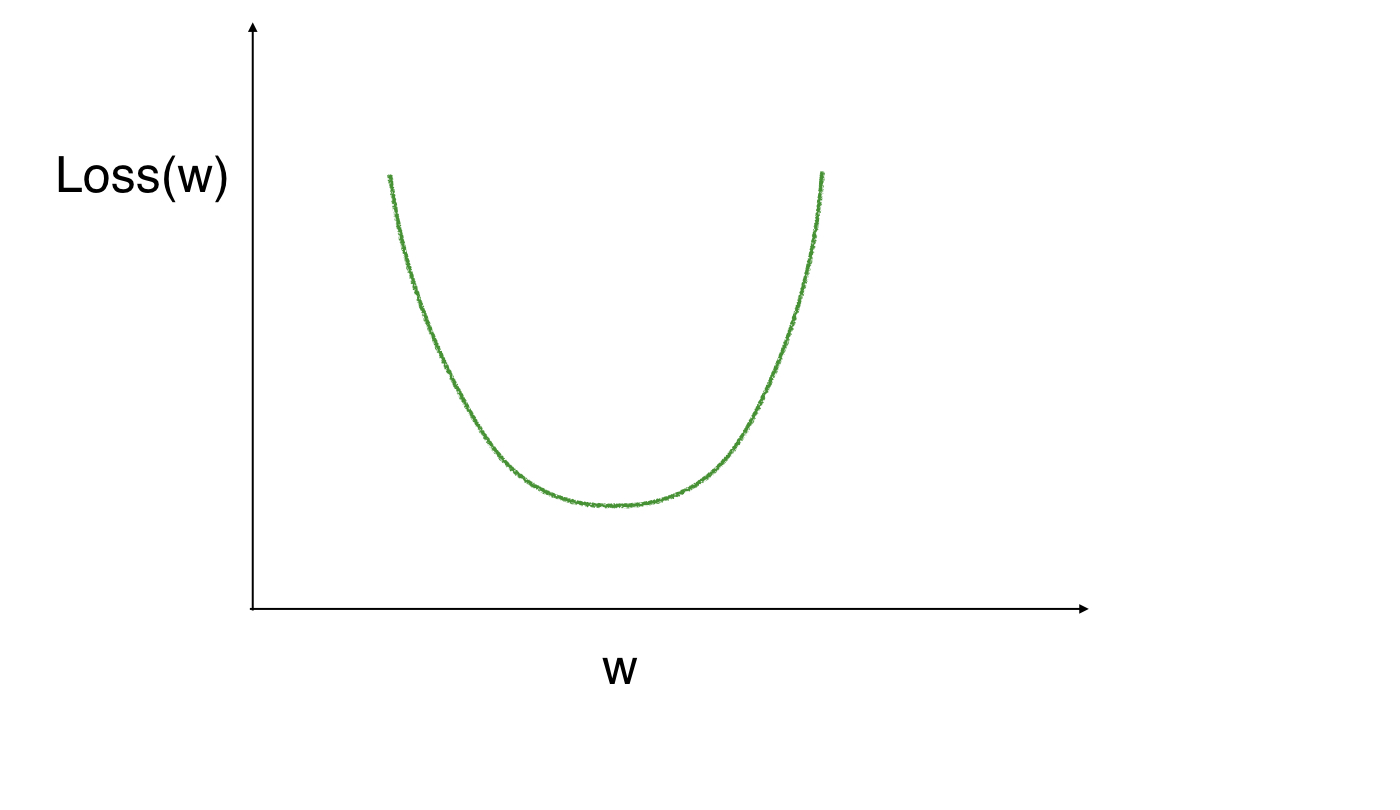
Gradient descent

Gradient descent

Gradient descent

Gradient descent

Gradient descent
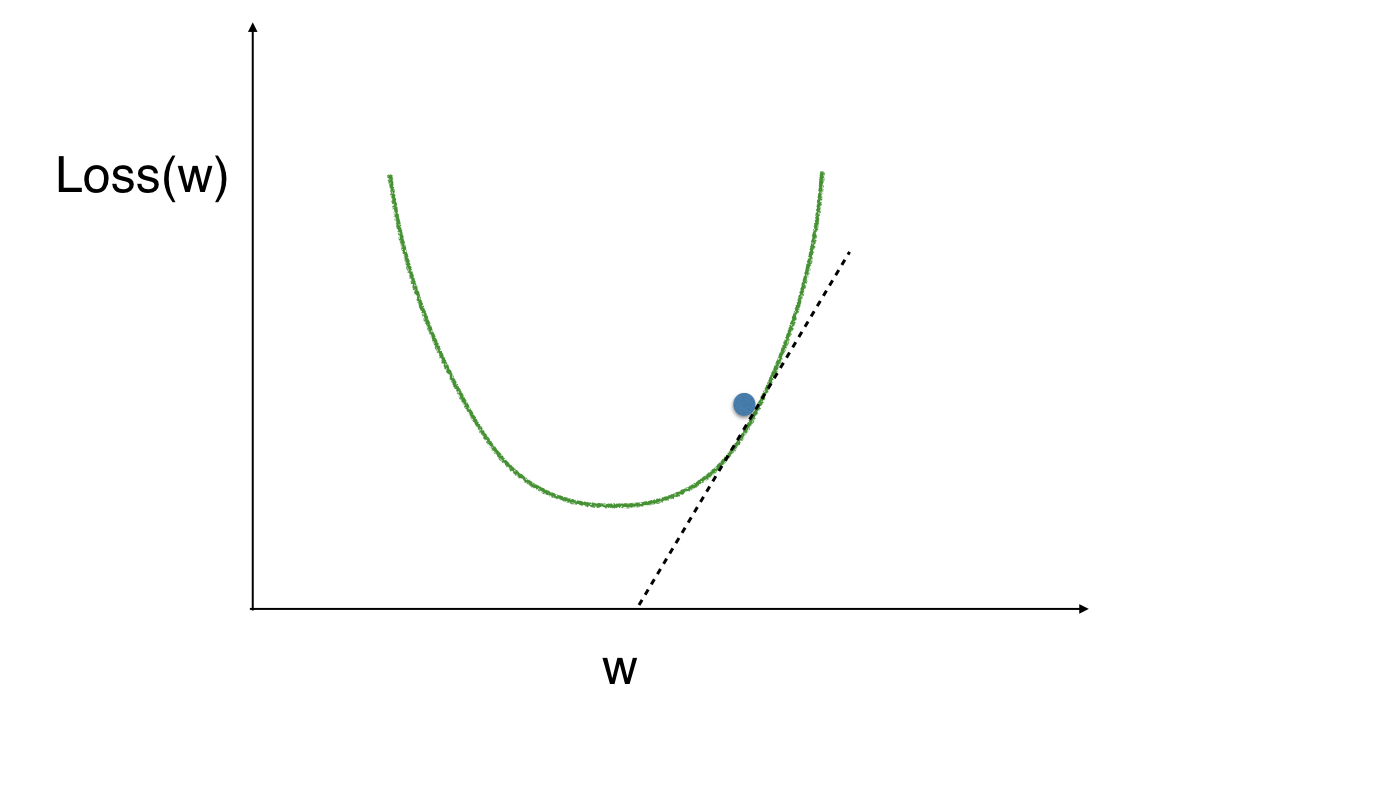
Gradient descent
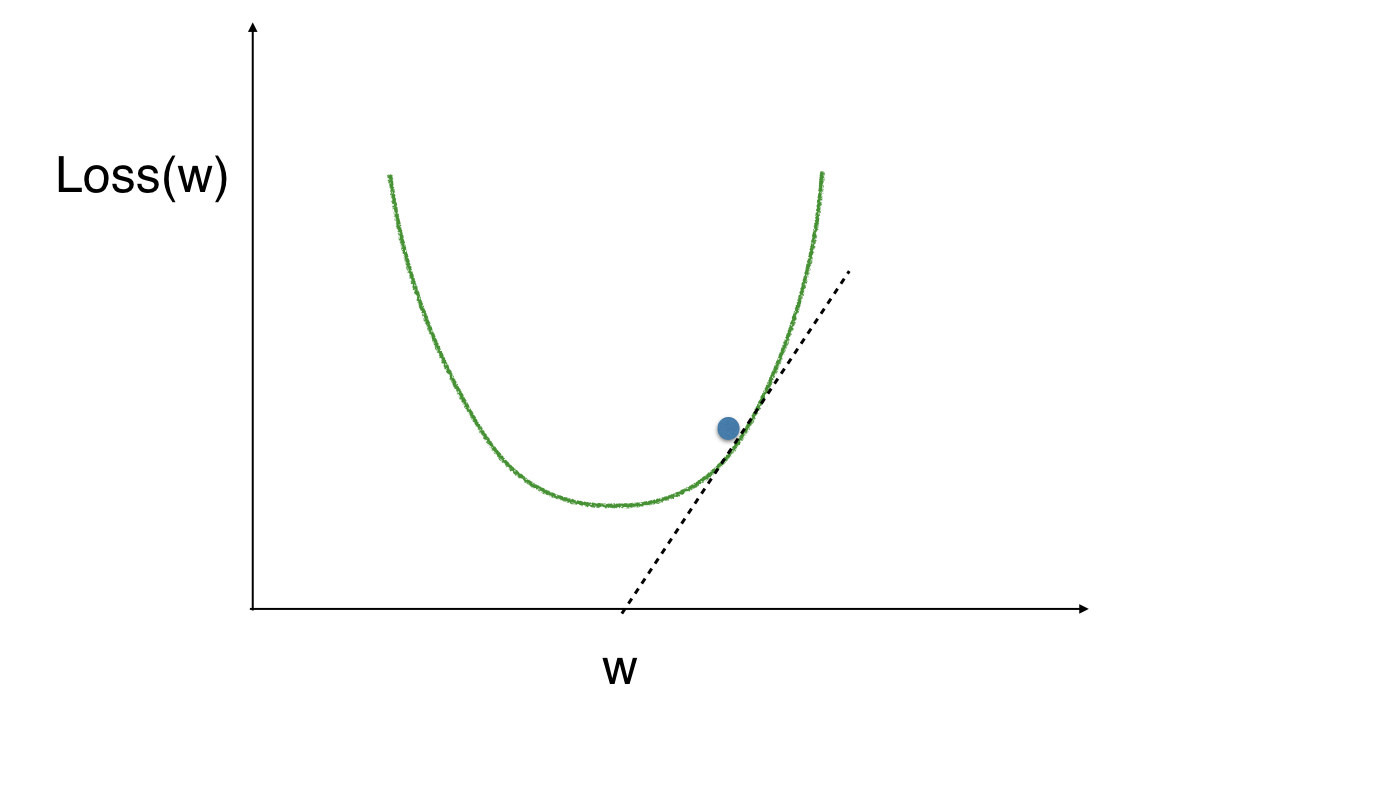
Gradient descent

Gradient descent
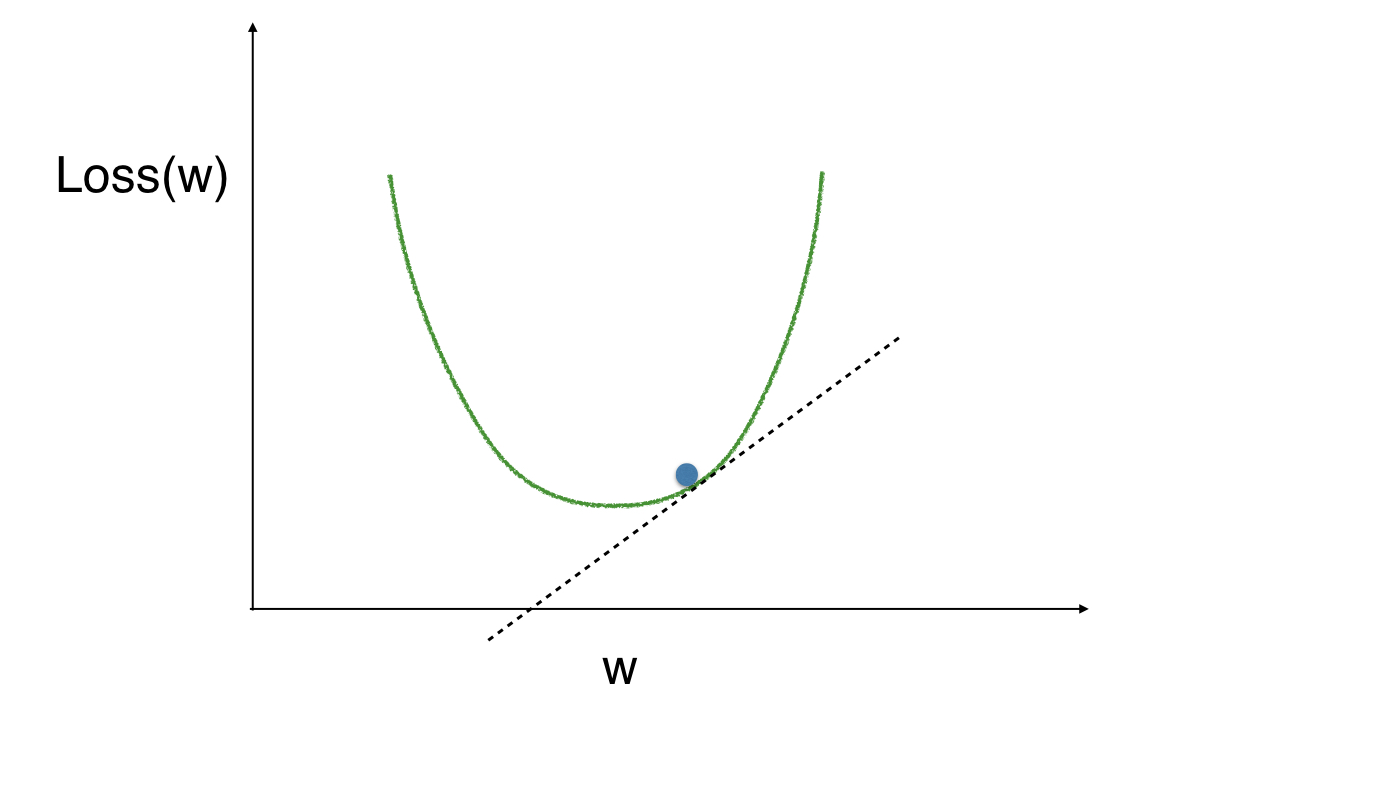
Gradient descent
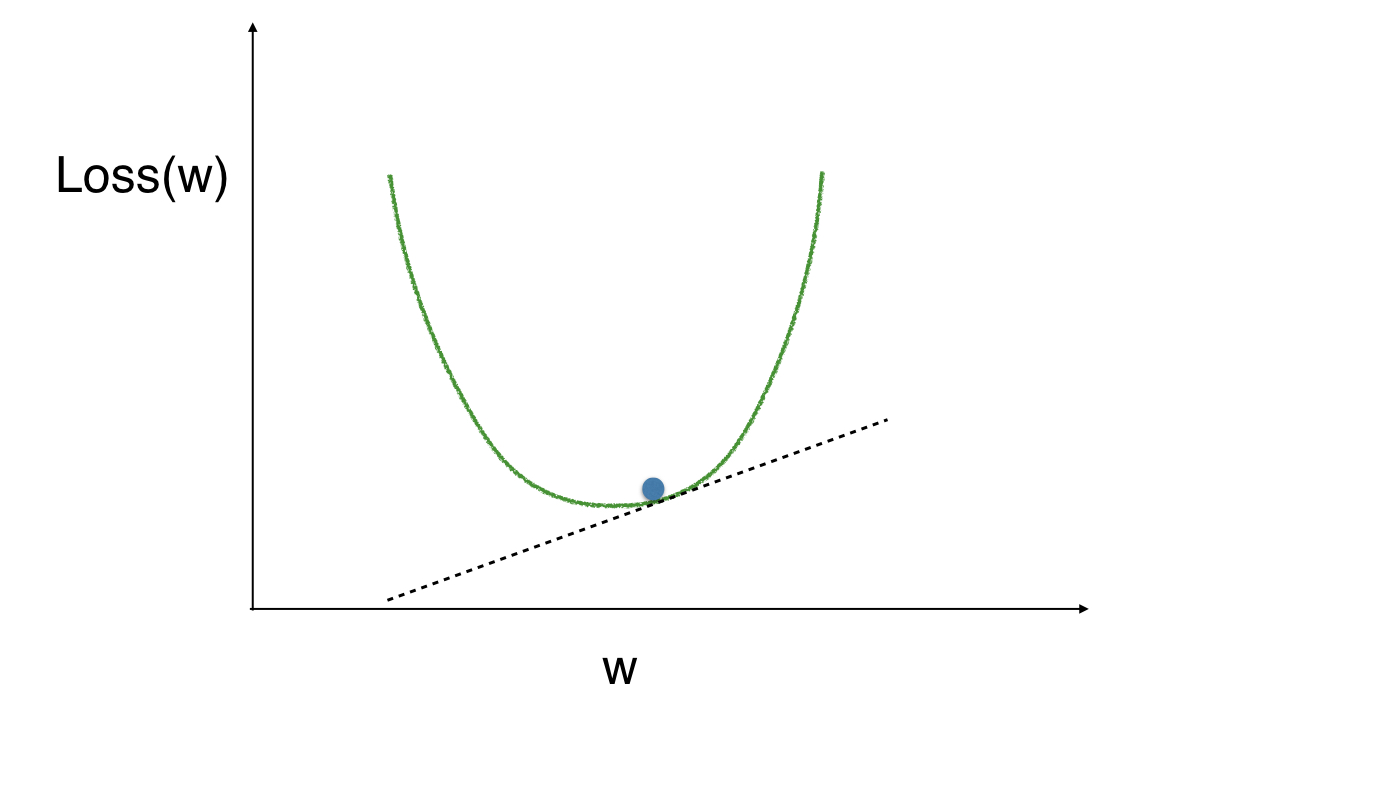
Gradient descent

Gradient descent
- If the slope is positive:
- Going opposite the slope means moving to lower numbers
- Subtract the slope from the current value
- Too big a step might lead us astray
- Solution: learning rate
- Update each weight by subtracting learning rate * slope
Slope calculation example

- To calculate the slope for a weight, need to multiply:
- Slope of the loss function w.r.t value at the node we feed into
- The value of the node that feeds into our weight
- Slope of the activation function w.r.t value we feed into
Slope calculation example

- To calculate the slope for a weight, need to multiply:
- Slope of the loss function w.r.t value at the node we feed into
- The value of the node that feeds into our weight
- Slope of the activation function w.r.t value we feed into
Slope calculation example

- Slope of mean-squared loss function w.r.t prediction:
- 2 (Predicted Value - Actual Value) = 2 Error
- 2 * -4
Slope calculation example

- To calculate the slope for a weight, need to multiply:
- Slope of the loss function w.r.t value at the node we feed into
- The value of the node that feeds into our weight
- Slope of the activation function w.r.t value we feed into
Slope calculation example

- To calculate the slope for a weight, need to multiply:
- Slope of the loss function w.r.t value at the node we feed into
- The value of the node that feeds into our weight
- Slope of the activation function w.r.t value we feed into
Slope calculation example

- To calculate the slope for a weight, need to multiply:
- Slope of the loss function w.r.t value at the node we feed into
- The value of the node that feeds into our weight
- Slope of the activation function w.r.t value we feed into
Slope calculation example

- To calculate the slope for a weight, need to multiply:
- Slope of the loss function w.r.t value at the node we feed into
- The value of the node that feeds into our weight
Slope of the activation function w.r.t value we feed into
Slope calculation example

2 * -4 * 3-24- If learning rate is
0.01, the new weight would be 2 - 0.01(-24) = 2.24
Network with two inputs affecting prediction
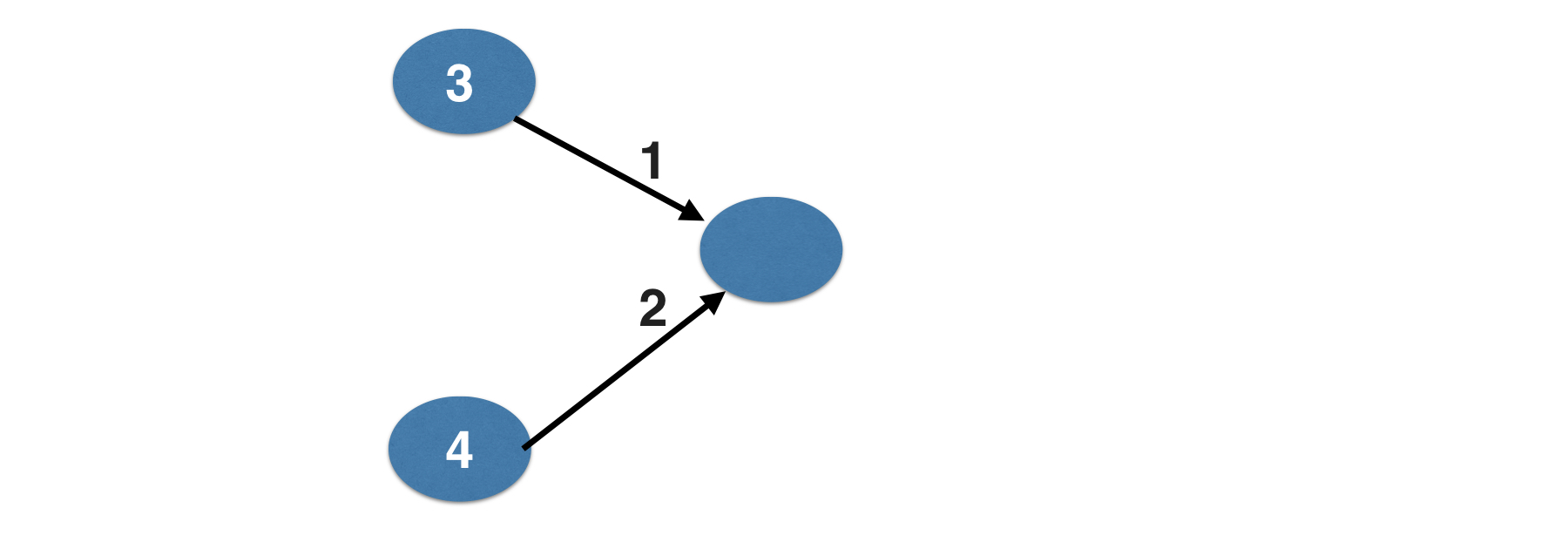
Code to calculate slopes and update weights
import numpy as np weights = np.array([1, 2]) input_data = np.array([3, 4]) target = 6 learning_rate = 0.01 preds = (weights * input_data).sum() error = preds - targetprint(error)
5
Code to calculate slopes and update weights
gradient = 2 * input_data * errorgradient
array([30, 40])
weights_updated = weights - learning_rate * gradient preds_updated = (weights_updated * input_data).sum() error_updated = preds_updated - targetprint(error_updated)
2.5
Let's practice!
Introduction to Deep Learning in Python

